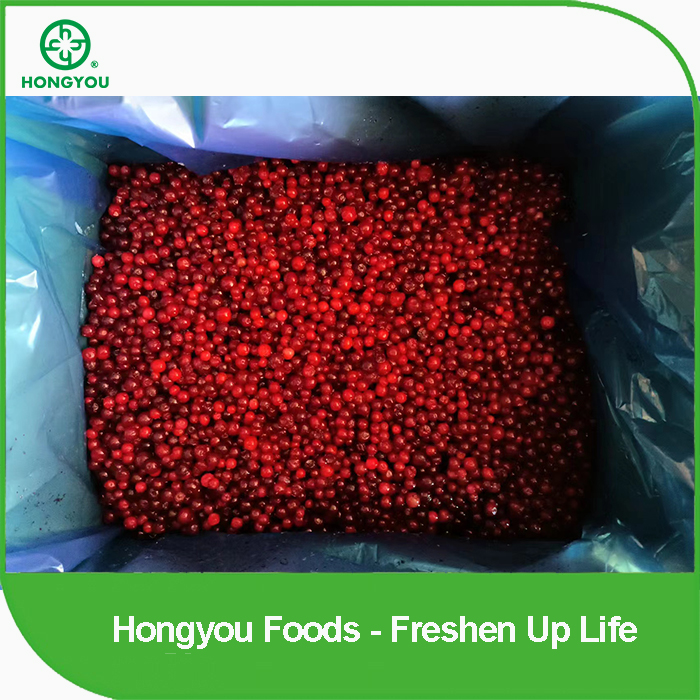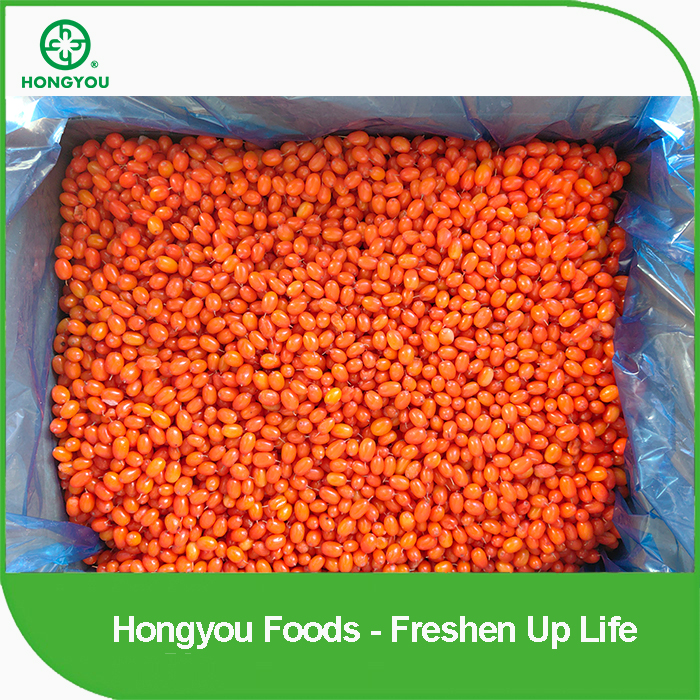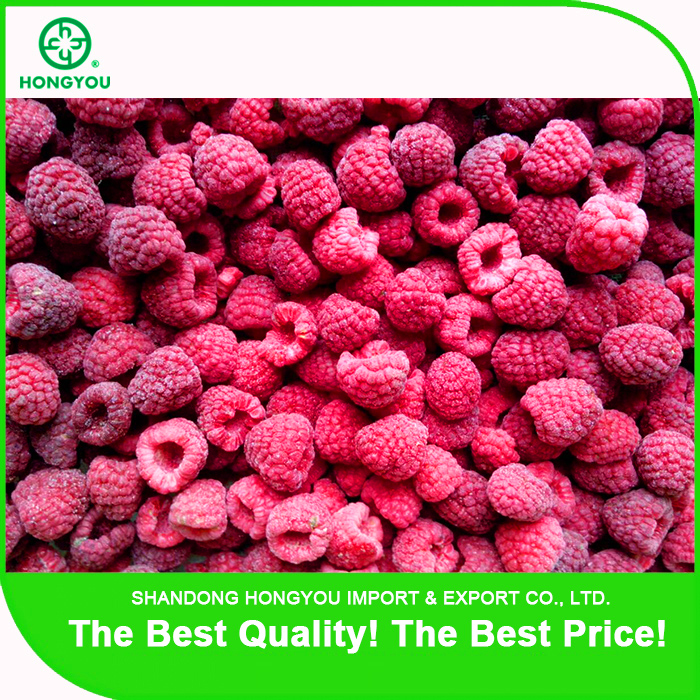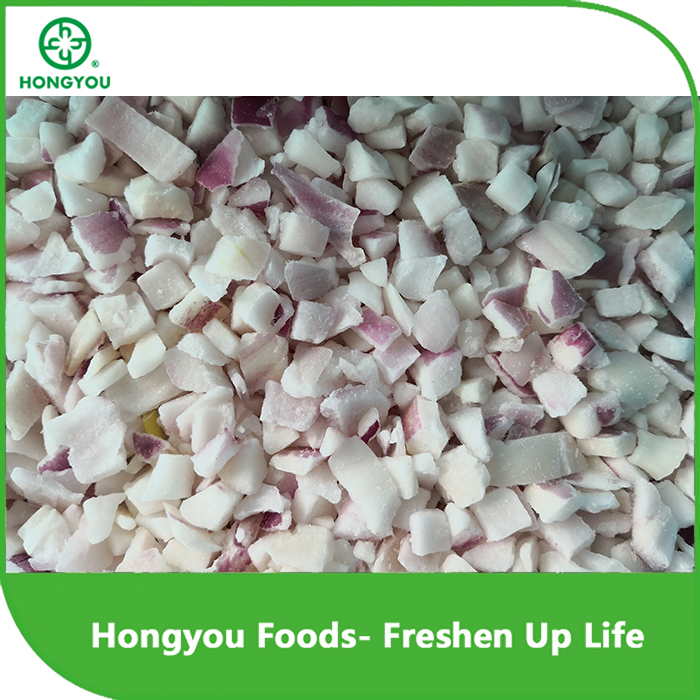The price of seaborne cold chain transportation continues to rise, and fruit and vegetable trade is hindered

According to the international freight media Loadstar, the continued increase in sea freight refrigerated freight has adversely affected the global trade in perishables, which may lead to shortages of perishables and fresh products in supermarkets.
According to the report, the current severe shortage of reefer containers has become the biggest problem facing fresh exporters and traders. According to DHL, there is a general shortage of reefer containers around the world. At the same time, rates for dry containers have risen sharply, even surpassing those of reefer containers, so shipping companies are willing to set aside more cargo space for dry containers. A direct consequence of this practice has resulted in more refrigerated containers being stranded around the world, sometimes for more than six months in Asian ports.
Due to the high rates of dry containers, some shipping companies even use unplugged reefer containers directly as dry containers, further exacerbating the shortage of reefer containers. However, statistics show that the rate of reefer containers is also rising. In the third and fourth quarters of 2021, rates for reefer containers rose by 50% compared to the same period a year earlier. Industry insiders estimate that the rise in reefer rates will continue in 2022 and even into 2023. The analysis pointed out that the rising freight and the shortage of reefer containers have undoubtedly hindered the trade of fresh products, and only exporters with strong financial backgrounds can remain unaffected in the field of export trade.
High reefer container rates have also increased exporters’ demand for traditional reefer ships. Rafael Llerena, CEO of third-party logistics company EasyFresh, said that the charter market entering 2022 is very hot, and the charter rate in January has been reached an all-time high. The huge increase in supply chain costs makes the fruit trade fraught with risks. For example, U.S. and European importers who previously sourced melons from Central America have instead opted to source from Africa and other places.
An analysis by Drewry, a global shipping consultancy, shows that since the beginning of the epidemic in 2020, the trade of seaborne perishables has been affected by the closure of the hotel industry, and the demand for frozen products such as deciduous fruits, fresh fruits and vegetables and frozen potatoes has been greatly reduced. Covid-19 containment measures have also reduced crop yields and fish catches. However, the overall contraction of seaborne perishables trade was much lower than that of dry containerized trade, suggesting that trade in refrigerated goods is more resilient to economic downturns. Seaborne refrigerated shipments began to pick up in the first half of 2021, up 4.8% year-on-year, led by trade in goods such as meat and citrus. Some professional companies predict that from 2022, more transportation mode share growth and strong freight demand will make container refrigerated transportation grow faster than dry container trade.
International Fruit and Vegetable Report 2022 All rights reserved.

 ENGLISH
ENGLISH



















